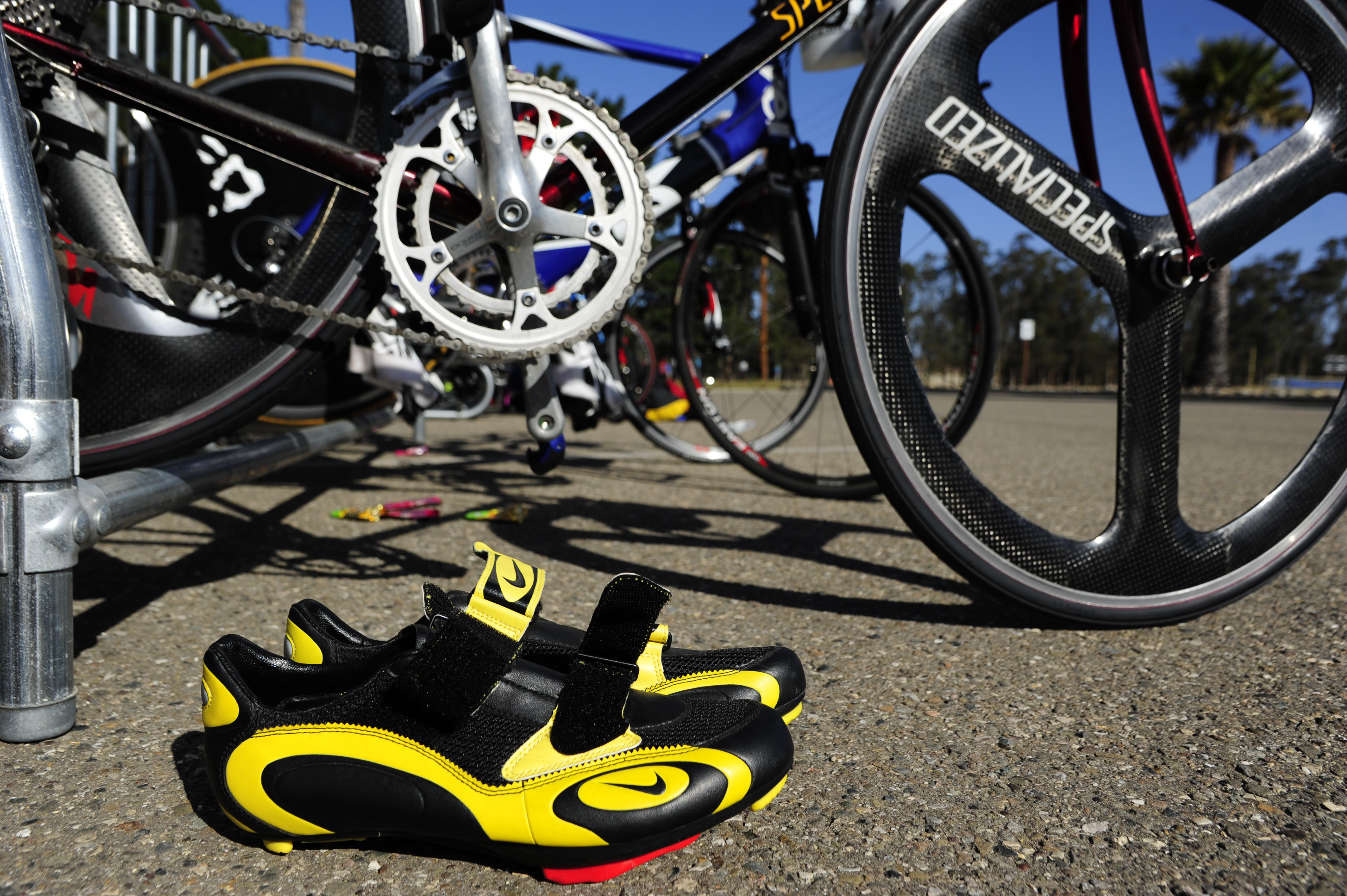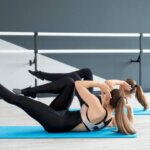Your cycling shoes are the most important point of contact between you and your bike. It allows the transfer of power from you to the bike. Just like almost everything else in the cycling world, buying shoes can be overcomplicated. The advice you find on the internet is different than what your friends tell you. Hopefully this guide will help you understand what’s important.
The Right Fit
The most important factor in finding the right shoe is making sure you get the right fit. The shoes should feel snug – not so much so that they hurt – but your foot should not be able to move at all inside the shoe. If your foot can move, you’ll lose the transfer of power between you and the bike. Many think that tight shoes will cause blisters from the rubbing like normal shoes, but it’s actually the opposite of regular shoes and that would happen if the shoes are too big. When the shoe is tight and movement is not possible you won’t have this problem. Since the fit of the shoe is so important, you should try them on at the same time of day when you normally ride to avoid buying a shoe that doesn’t fit because you bought it when your feet were swollen at the end of the day.
Cycling shoes are not the same as walking shoes, so when you try them (without socks if that is how you plan to ride) on don’t walk around in them since that’s not what you’ll be doing when you wear them. You should just sit down and make sure you cannot move the heel of your foot within your shoe.
Brands/Cost/Type
You don’t have to match the brand of your shoe with the brand of your pedal. The type of pedal you use is personal preference, but most shoes will fit most pedals.
Cycling shoes vary in cost from cheap to expensive. The difference between each end of the spectrum is the material they are made of and the weight of the shoe. The more expensive the shoe, the lighter it will be. However they will also be stiffer but made of better quality material giving you better ventilation and helping your feet breathe.
The stiffness of the sole is important no matter how much money you spend. A stiff sole will help you transfer power to the pedals more effectively. A carbon fiber sole is stiffer yet lighter than molded plastic and will last much longer.
Your cycling shoes should always have good ventilation to keep you comfortable during hot days. If you ride during the winter you can place tape over the ventilation holes to keep the snow, rain and coldness out.
Finally, ask your friends for their recommendations! They are always great sources of information, as well as bike shop employees. Your feet are as unique as your fingerprints, so do not solely rely on someone’s recommendation without trying them on. Trust your instincts on which type feels right and has the best fit for you.
It may take a while, but it will be worth it. Comfortable cycling shoes always lead to a good ride! Once you have those perfect shoes – you may need a cycling group or a coach to schedule the most productive workouts possible for you. If that’s the case, contact me and I can get you started!
Train Right, Tri Right!
Coach MJ







